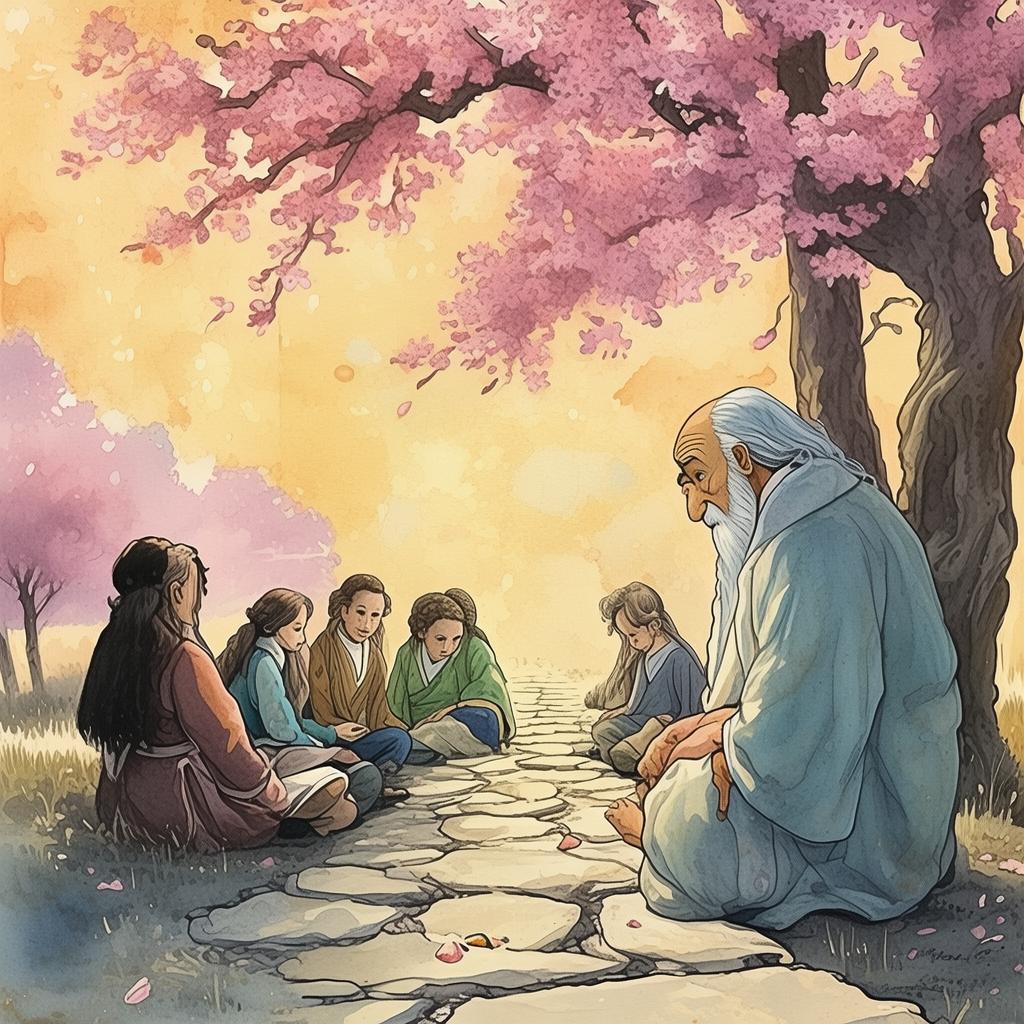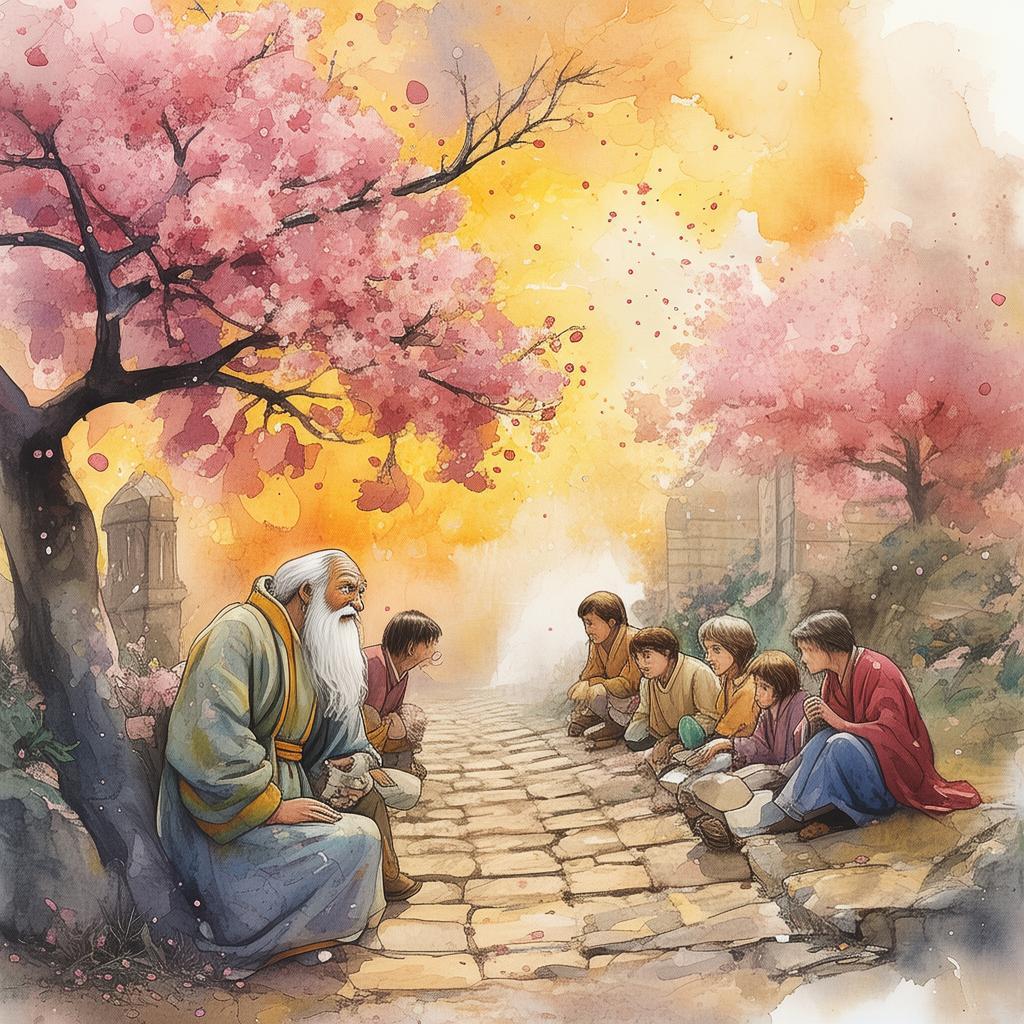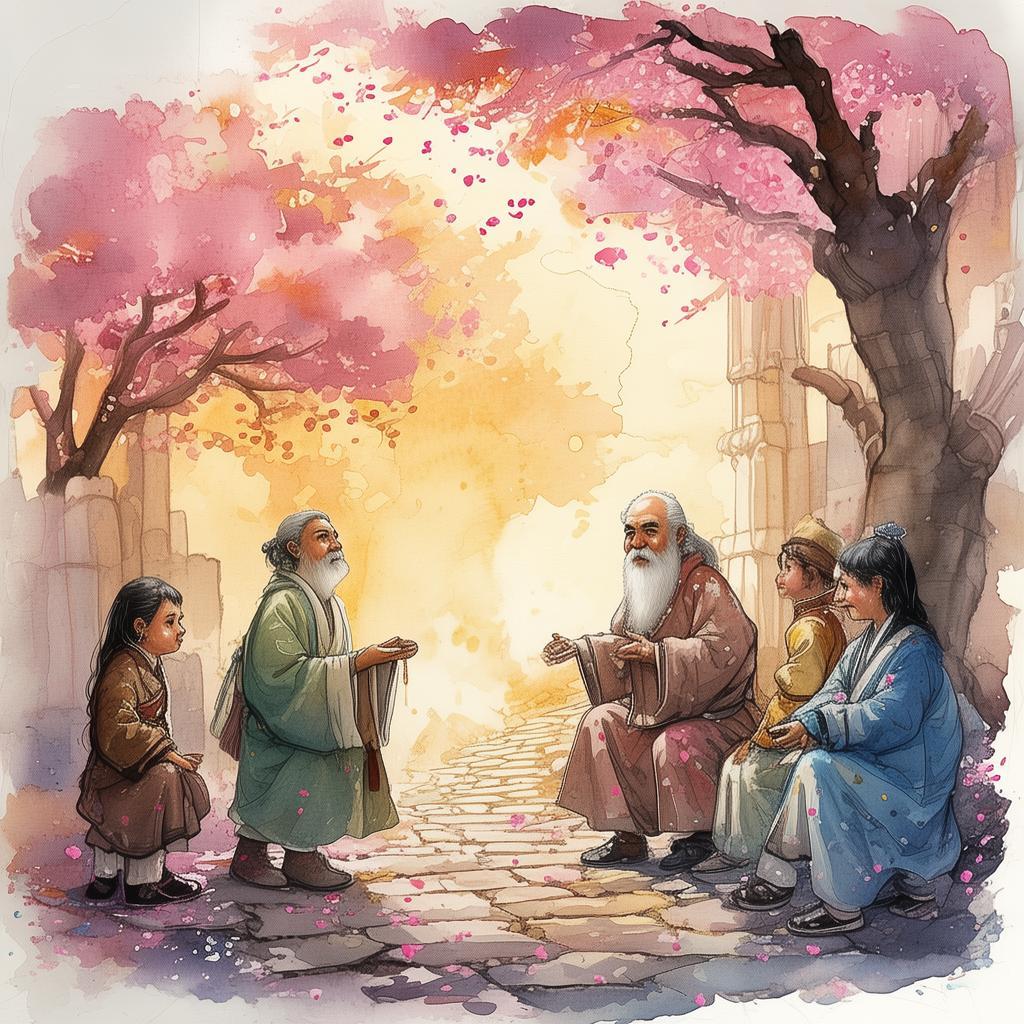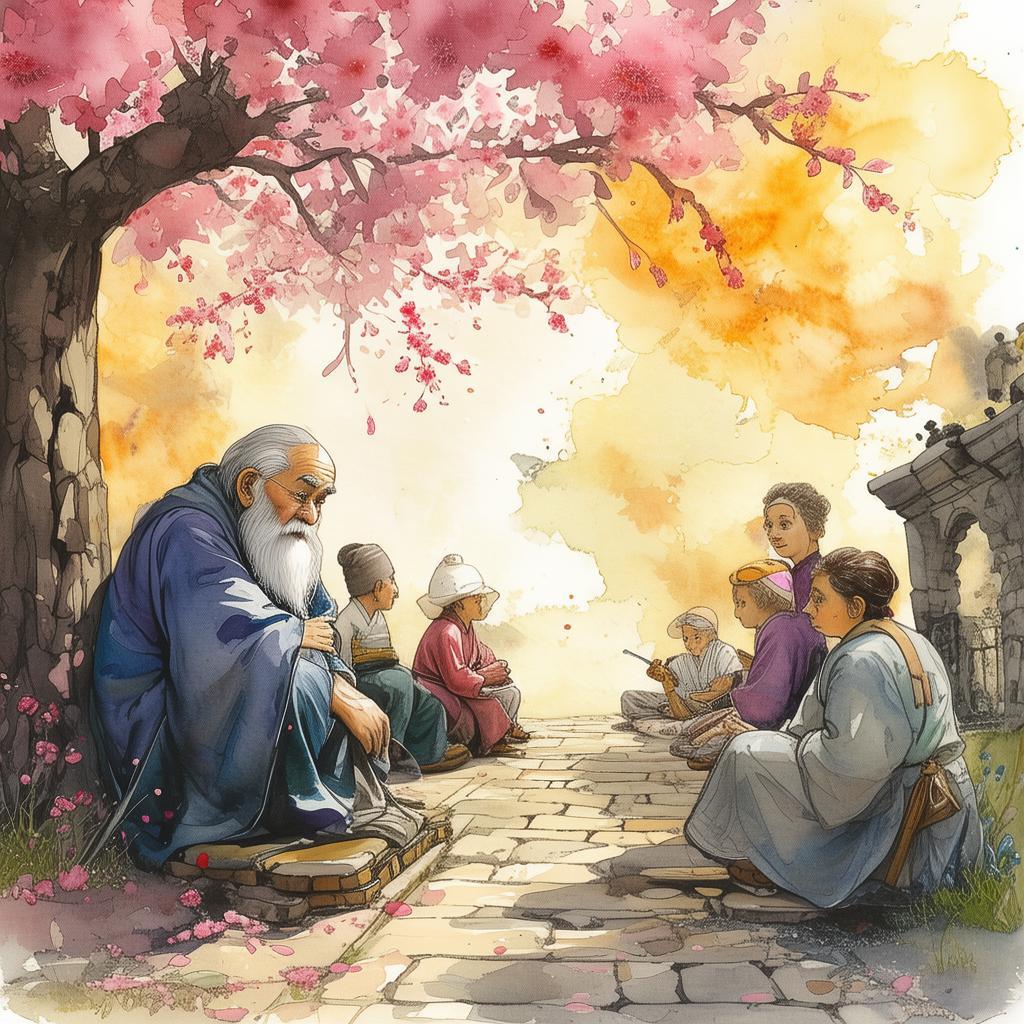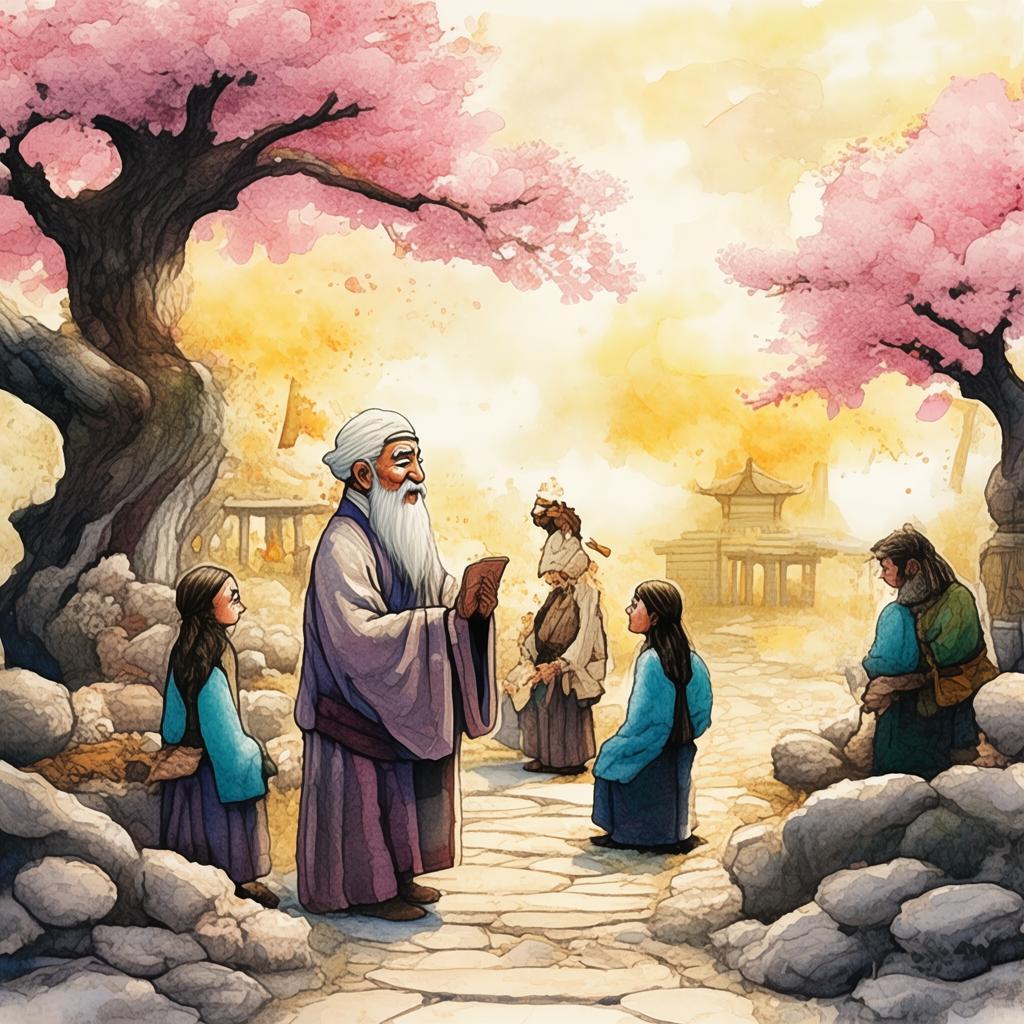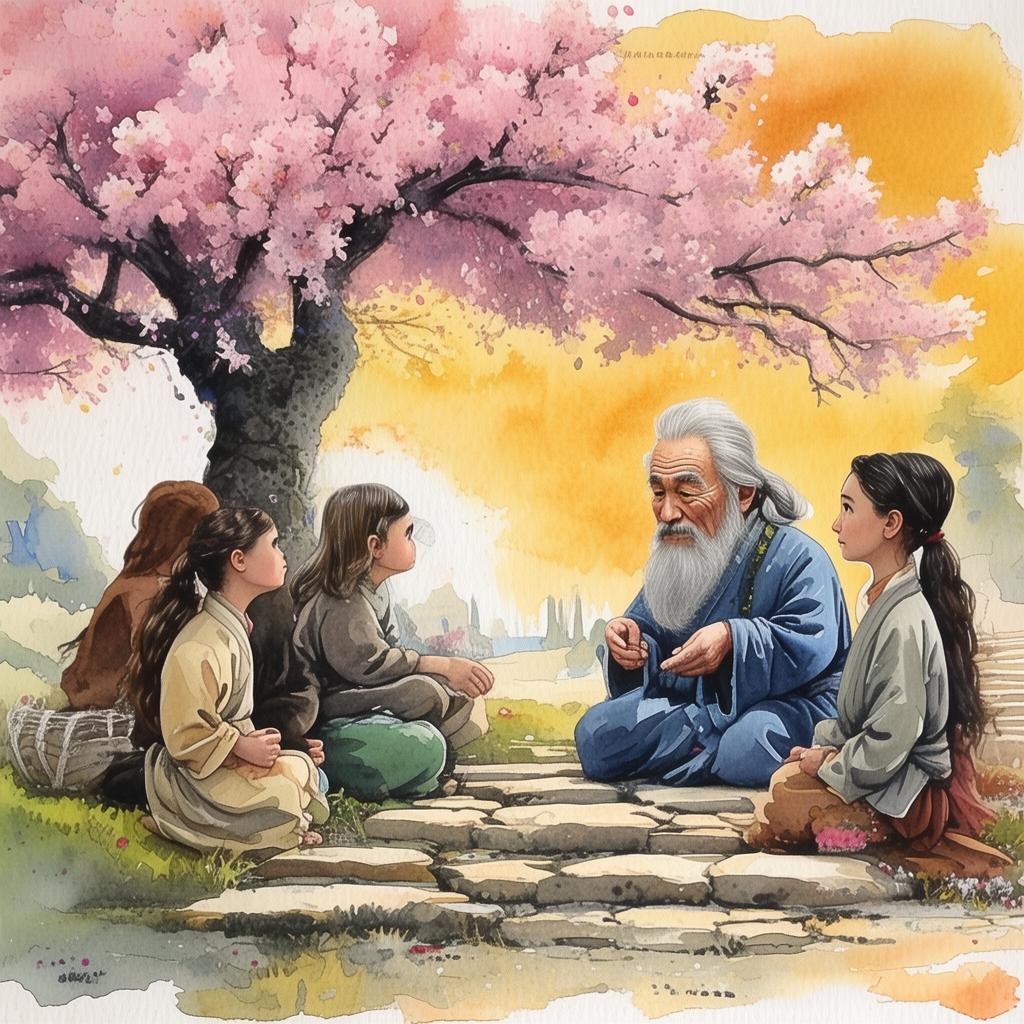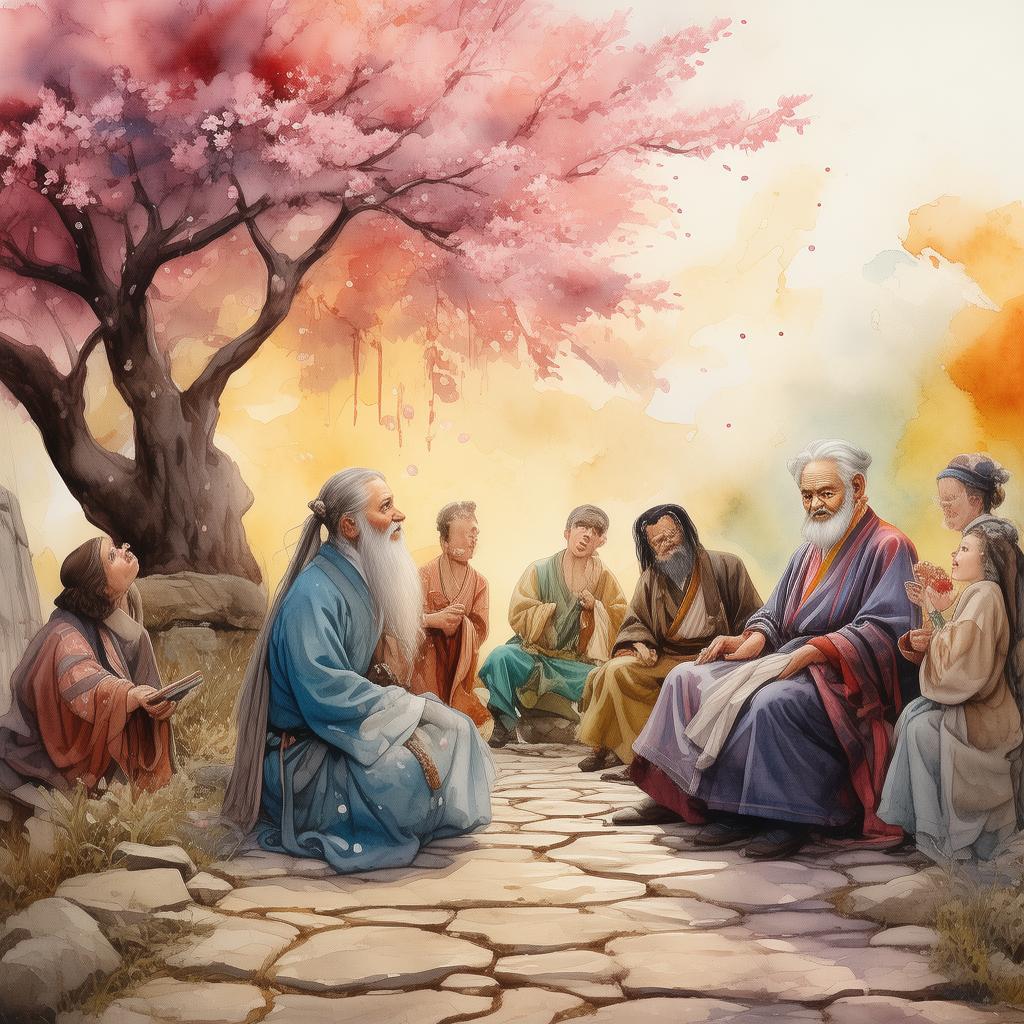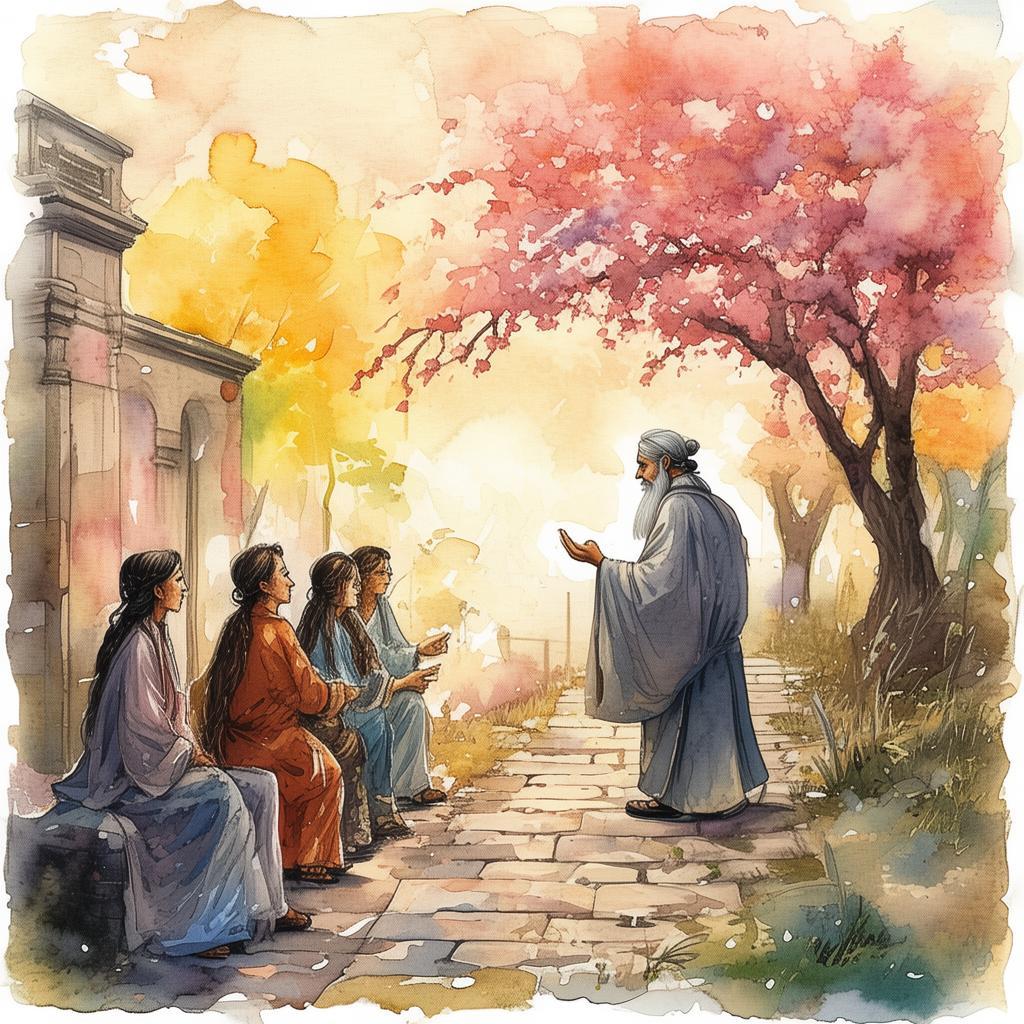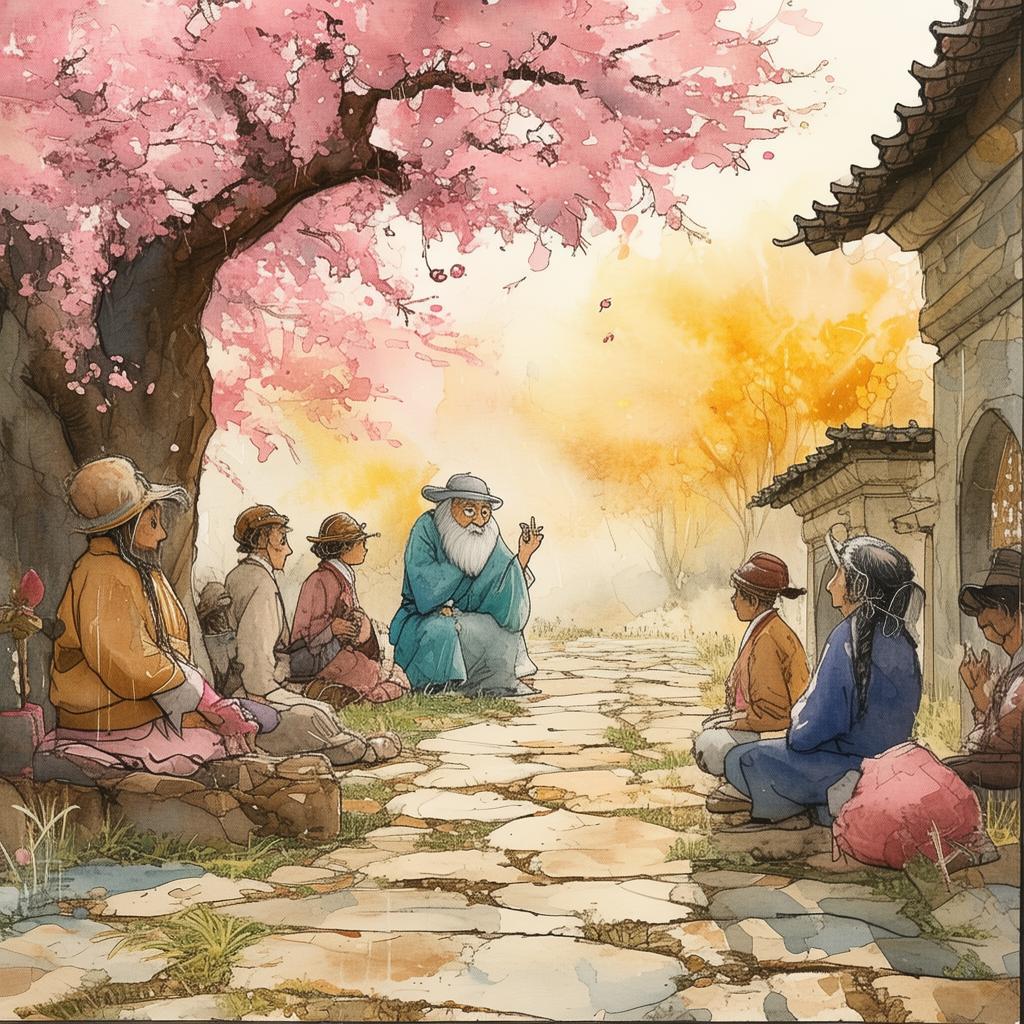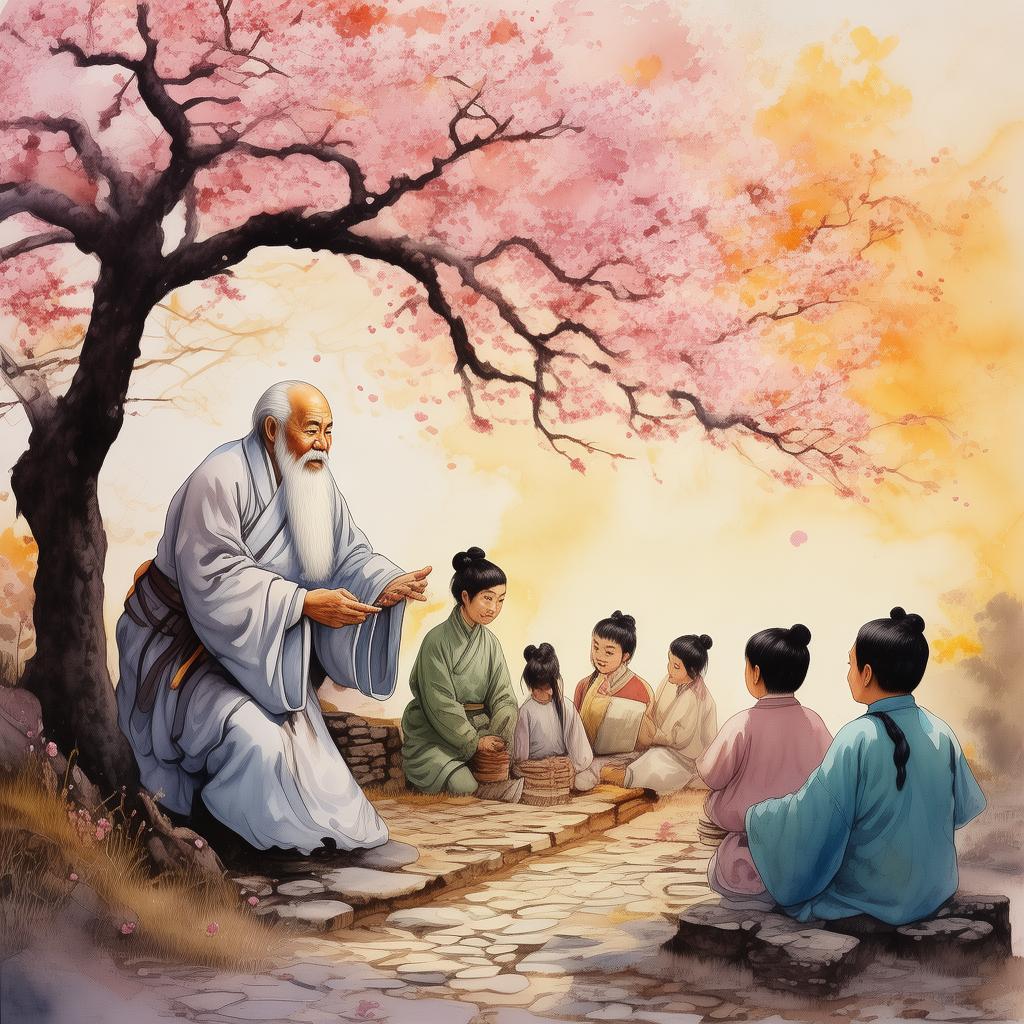The Labyrinthine Quest of the Mountain-Crushing Monk
In the ancient mountains of the Eastern Peak, there was a monk known far and wide for his unyielding spirit and profound understanding of the Dharma. His name was Shan, and he was the Mountain-Crushing Monk, so called for his ability to overcome any obstacle with his unwavering resolve. Among the myriad of challenges he had faced, none was as daunting as the Labyrinthine Quest, a test that had been whispered about for generations.
The Labyrinthine Quest was a labyrinth, not of stone or wood, but of the mind—a labyrinth that could only be navigated by those who possessed the purest intentions and the keenest intellect. It was said that those who entered the labyrinth could never leave the same person they were, for it would reshape their very essence, either for the better or for the worse.
One morning, as the sun's first rays pierced through the dense canopy of the forest, Shan, with nothing but his robes, a walking stick, and a small, ancient scroll, set out on his quest. The scroll contained the cryptic instructions given to him by the High Monk of the Eastern Peak Monastery, a guide to the labyrinth's many twists and turns.
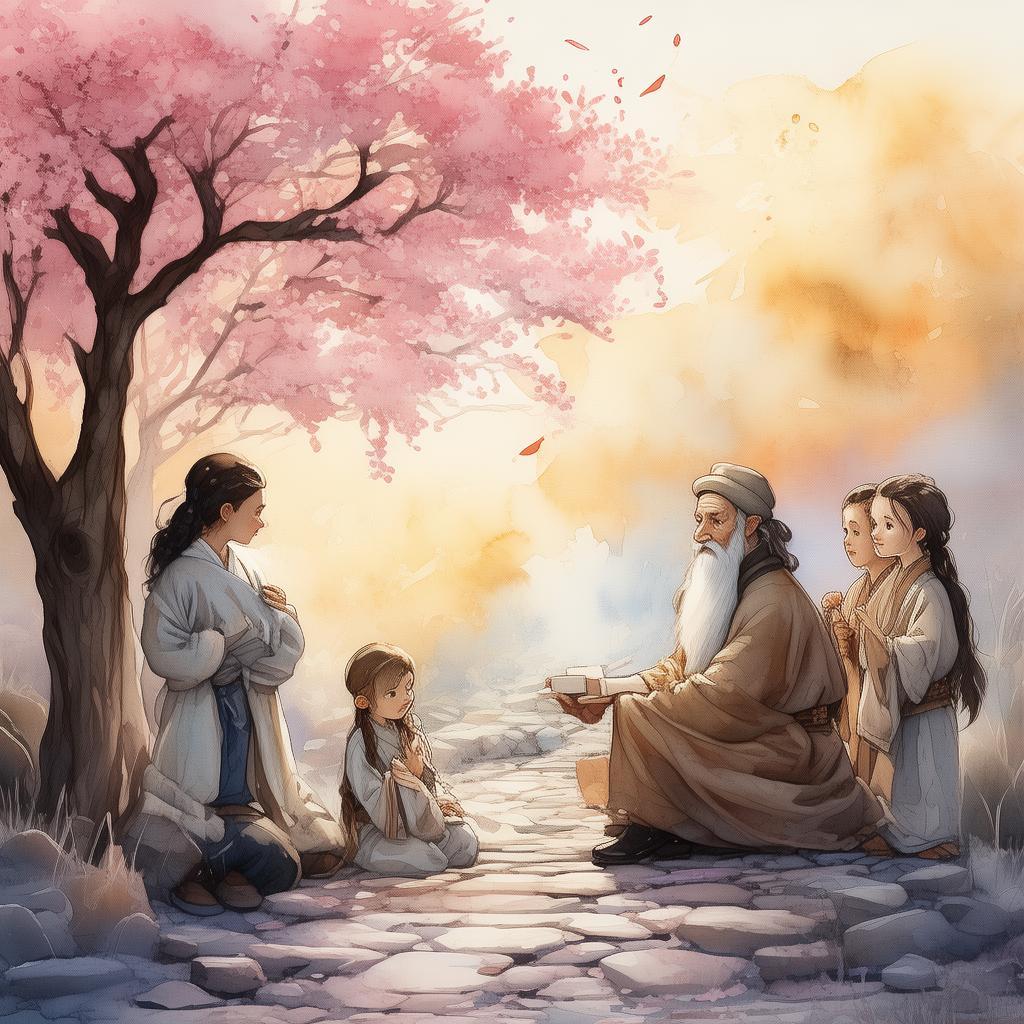
As Shan ventured deeper into the labyrinth, he found that the paths were not as simple as they seemed. They were not merely right or wrong but were filled with moral dilemmas and symbolic challenges. The labyrinth was a mirror to the monk's own mind, reflecting his thoughts, fears, and desires.
At one point, Shan came upon a fork in the path. Before him was a signpost that read, "The Path of Virtue" and another that read, "The Path of Convenience." He paused, reflecting on the High Monk's teachings. "Which path should I choose?" he asked himself. In that moment, Shan realized that the real challenge was not in choosing the path that was least difficult but in recognizing the true nature of his own heart.
He took the Path of Virtue, even though it meant that he would face greater trials. The path was lined with obstacles that tested his patience and perseverance. There was a section where he had to carry a heavy stone, representing the weight of his past mistakes. Another section required him to pass through a room filled with distractions, symbolizing the various desires that clouded his mind.
As he moved further, Shan encountered other monks who had ventured into the labyrinth, each at different stages of their journey. Some were struggling with doubt, others with anger, and still others with despair. Shan offered them advice and encouragement, reminding them that the labyrinth was a journey within as much as it was a journey without.
One of the most challenging parts of the labyrinth was the room of mirrors, where Shan saw countless reflections of himself. He realized that the true enemy was not the labyrinth or the other monks but his own ego, his own sense of self. It was here that he learned the most profound lesson of the quest: that enlightenment could not be achieved through external conquests but through the mastery of the self.
Finally, after what felt like an eternity, Shan reached the center of the labyrinth. There, in the heart of the labyrinth, was a small, serene room with a single cushion in the center. On the wall, a single word was etched in gold: "Simplicity."
Shan sat on the cushion, reflecting on his journey. He realized that the labyrinth had taught him the value of simplicity, of being present in the moment, and of seeing the world for what it truly was. In that moment, he achieved a profound sense of peace and clarity, understanding that the true purpose of the labyrinth was not to escape it but to emerge from it a different person.
As the High Monk had predicted, Shan emerged from the labyrinth a transformed monk. His resolve was unbreakable, and his understanding of the Dharma was deeper than ever before. The Mountain-Crushing Monk's reputation was solidified, not by his physical strength but by his inner strength, his ability to navigate the labyrinthine complexities of the mind.
The Labyrinthine Quest of the Mountain-Crushing Monk became a legend, a tale of perseverance and enlightenment that was told for generations to come. Shan, the Mountain-Crushing Monk, had shown that the true strength of the spirit could overcome any challenge, that the greatest battles were fought within, and that simplicity was the key to true wisdom.
✨ Original Statement ✨
All articles published on this website (including but not limited to text, images, videos, and other content) are original or authorized for reposting and are protected by relevant laws. Without the explicit written permission of this website, no individual or organization may copy, modify, repost, or use the content for commercial purposes.
If you need to quote or cooperate, please contact this site for authorization. We reserve the right to pursue legal responsibility for any unauthorized use.
Hereby declared.
